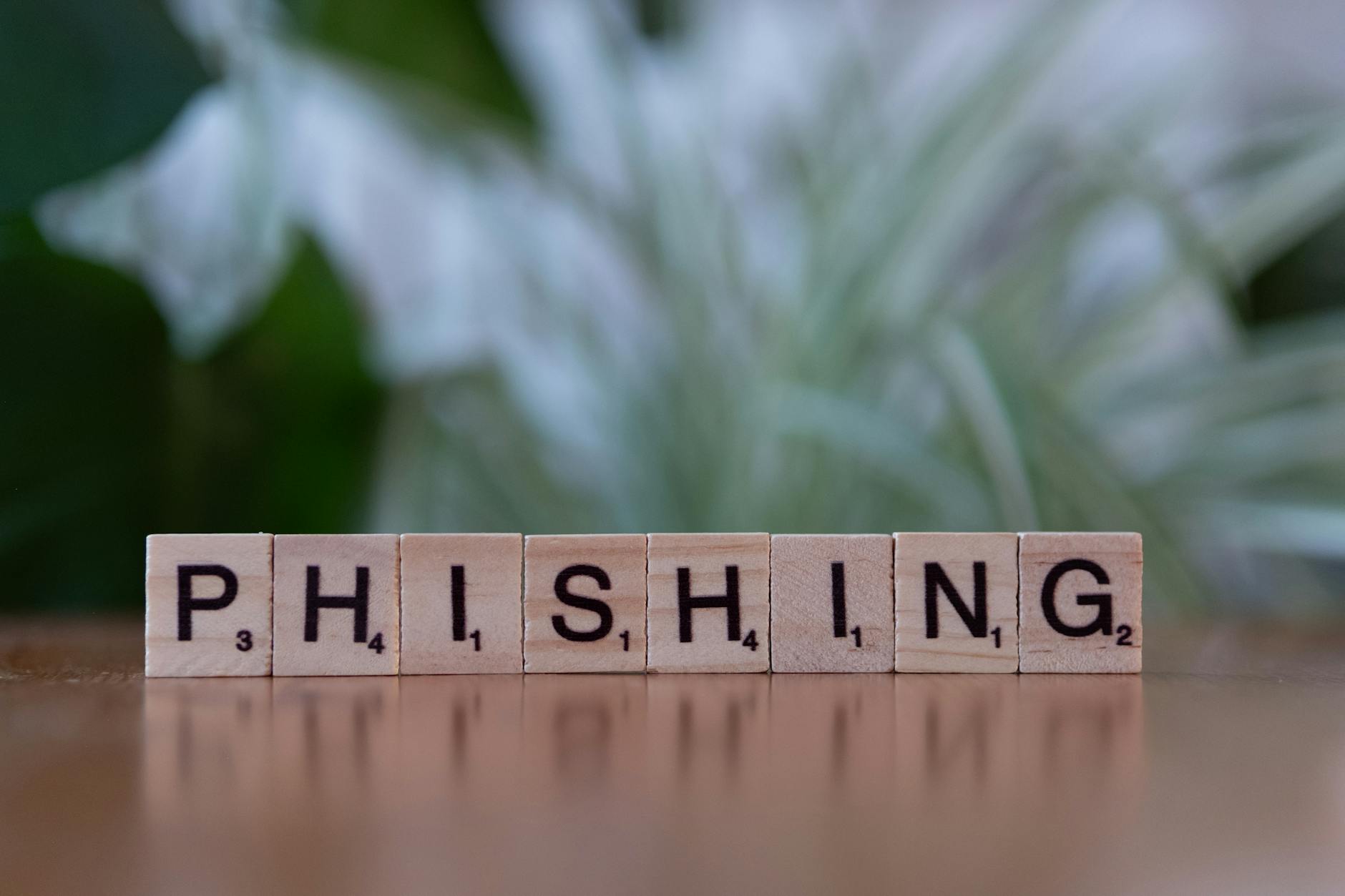As cyber threats continue to evolve, one of the most common and insidious forms of online fraud is phishing. “Spot Phishing Emails Effortlessly: Protect Your Data Now” provides crucial information for individuals and businesses on identifying and combating these malicious emails.
Understanding Phishing Emails
Phishing emails are fraudulent messages that appear to be from reputable sources, such as banks, government agencies, or well-known companies. These emails usually contain links that lead recipients to fake websites designed to steal sensitive information, like login credentials, credit card details, or personal data.
Recognizing Red Flags
To protect yourself from falling victim to phishing scams, it is essential to recognize the red flags of a phishing email. Common signs include poor grammar and spelling errors, urgent demands for action, requests for personal information, and suspicious email addresses or domains.
Tips to Spot Phishing Emails
1. Inspect the Sender: Check the sender’s email address carefully. Scammers often use email addresses that mimic legitimate ones but have slight variations or misspellings.
2. Hover Over Links: Before clicking on any links in an email, hover your cursor over them to preview the URL. Be cautious if the link appears different from what is displayed in the email.
3. Verify Requests: If an email asks for sensitive information or requests urgent action, verify the authenticity of the message by contacting the organization directly through official channels.
Taking Action Against Phishing
In addition to being vigilant, there are proactive steps you can take to protect yourself and your data from phishing attacks:
– Use Security Software: Install reputable antivirus and anti-phishing software to detect and block malicious emails.
– Educate Yourself: Stay informed about the latest phishing techniques and share knowledge with your friends, family, and colleagues.
– Report Suspicious Emails: If you receive a phishing email, report it to your email provider or the appropriate authorities to help prevent others from falling victim to the scam.
Conclusion
In conclusion, phishing emails pose a significant threat to both individuals and businesses, with potentially devastating consequences for data security and privacy. By understanding the red flags of phishing emails, incorporating proactive measures, and staying informed, you can spot phishing emails effortlessly and protect your valuable data from falling into the wrong hands. Stay vigilant, stay informed, and together, we can combat phishing scams effectively.



